SOMNUS
2021
My role
Material Exploration
Inflatable Design
Interaction Design
Team
Effie Jia, Xiaobai Ji, Titus Ebbecke
Duration
4 weeks
We imagine a dystopian future world where human beings are burnt out and overwhelmed by endless work and production, ultimately sacrificing genuine connection with loved ones, friends, and strangers. Stress and exhaustion are no longer just personal experiences, but unstoppable phenomena for humanity. SOMNUS is a regulated panacea in response to the deteriorating productivity-driven society.
In this speculative fiction, SOMNUS is an inflatable device worn on the head. It is equipped with LEDs, air pumps, peltier coolers/heaters, and bone conduction transducers, which work in concert to induce synchronized, lucid dreaming between two or more people. Wearers choose dreams to “join” each night and are able to connect with others through synchronization while they sleep. Though the world-building is speculative, the technology is based on current research surrounding lucid dreaming.

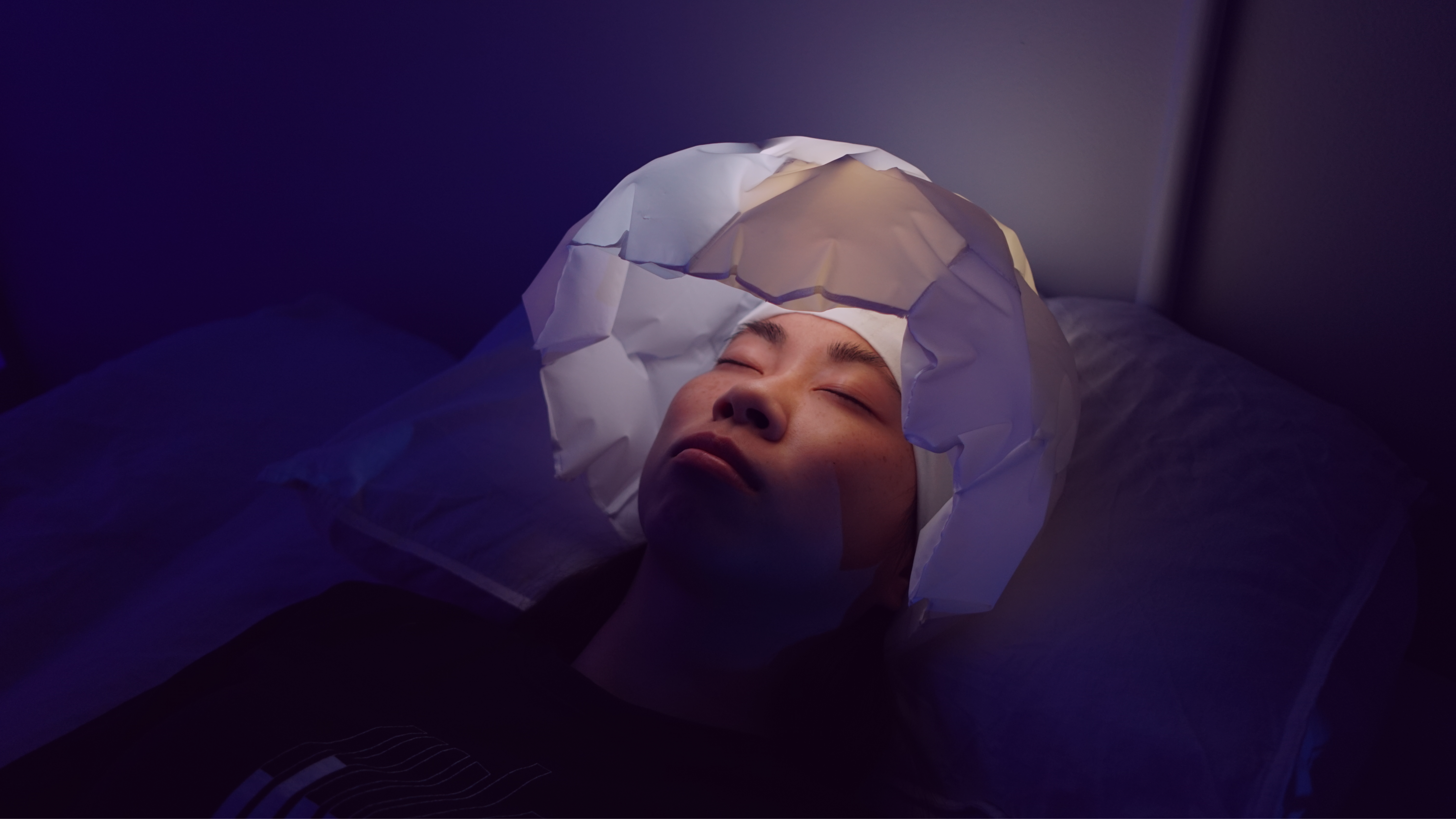

RESEARCH
The Future of Lucid Dreaming
There has been a lot of research on lucid dreaming and the potential of controlling lucid dreams. Scientists from MIT’s Dream Lab have already envisioned “a future where dreams are controllable” and started building technologies that can help people take charge of their dreams. Lucid dream has also proven to have a variety of clinical applications, for example as a therapy for nightmares, PTSD, depression, and other mental health issues.
There has been a lot of research on lucid dreaming and the potential of controlling lucid dreams. Scientists from MIT’s Dream Lab have already envisioned “a future where dreams are controllable” and started building technologies that can help people take charge of their dreams. Lucid dream has also proven to have a variety of clinical applications, for example as a therapy for nightmares, PTSD, depression, and other mental health issues.
Stimuli for Lucid Dreaming
Studies have shown that external stimuli such as audio signals, visual stimulus such as flashing lights and tactile stimulus such as vibration presented to a person during REM sleep can trigger lucidity. Although no existing research has really discovered any
reliable and consistent way of controlling lucid dream, but there will be more and more
research, leading us to such a future of dream reality.
Studies have shown that external stimuli such as audio signals, visual stimulus such as flashing lights and tactile stimulus such as vibration presented to a person during REM sleep can trigger lucidity. Although no existing research has really discovered any
reliable and consistent way of controlling lucid dream, but there will be more and more
research, leading us to such a future of dream reality.

The hardwares we used based on current research around lucid dreaming.
HOW IT WORKS
Once the user selects a dream to join, we divide the dream experience into three distinct stages of:
The different usages of visual, audio, and tactile stimuli in each stage are all based on existing research on lucid dreaming, bodily synchronization, and sleep.
- Falling asleep
- REM sleep
- Waking up
The different usages of visual, audio, and tactile stimuli in each stage are all based on existing research on lucid dreaming, bodily synchronization, and sleep.
1. Falling asleep
- Breathing rate synchronization
- Heart rate synchronization
- Audio stimulus
- Yellow LEDs
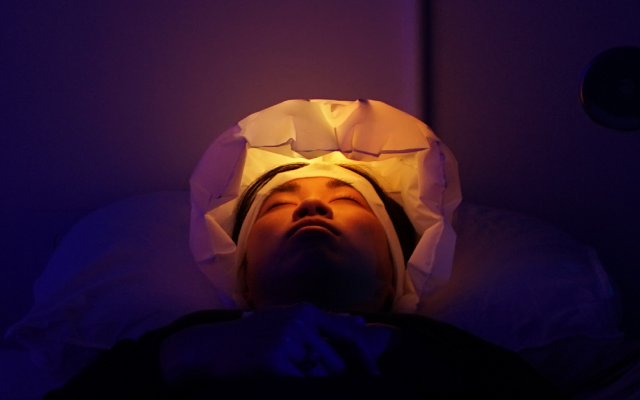
2. REM sleep
- Breathing rate synchronization
- Audio stimulus
- Temperature regulation
- White LEDs

3. Waking up
- Stopping inflation/deflation
- Blue LEDs

MAKING PROCESS


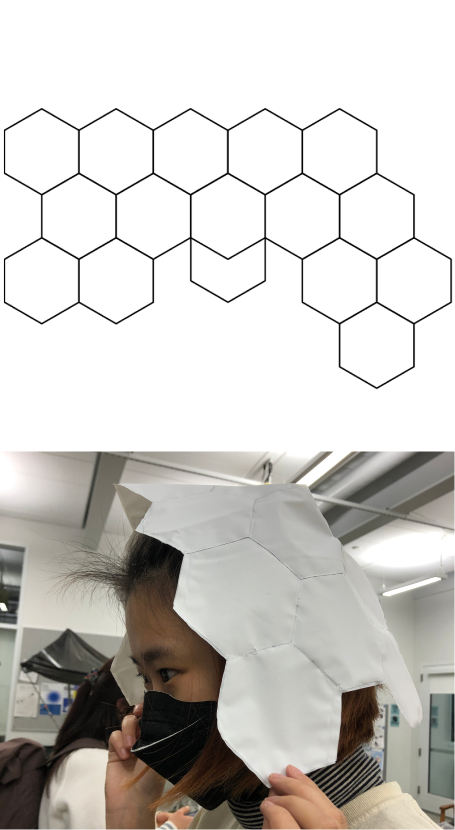

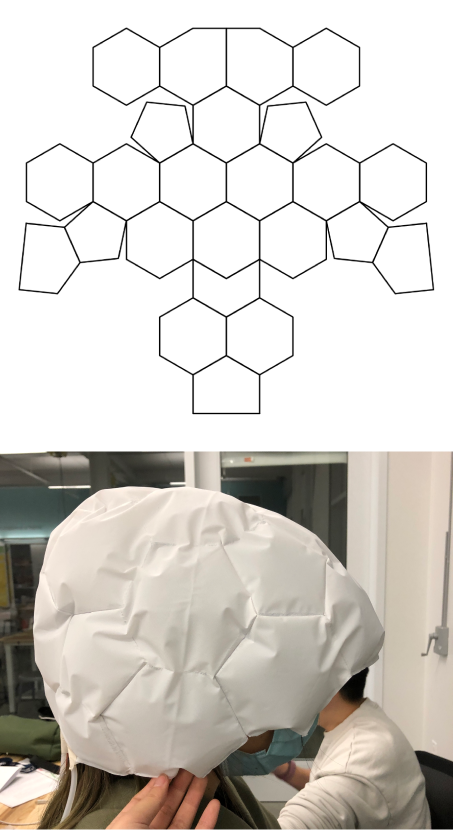

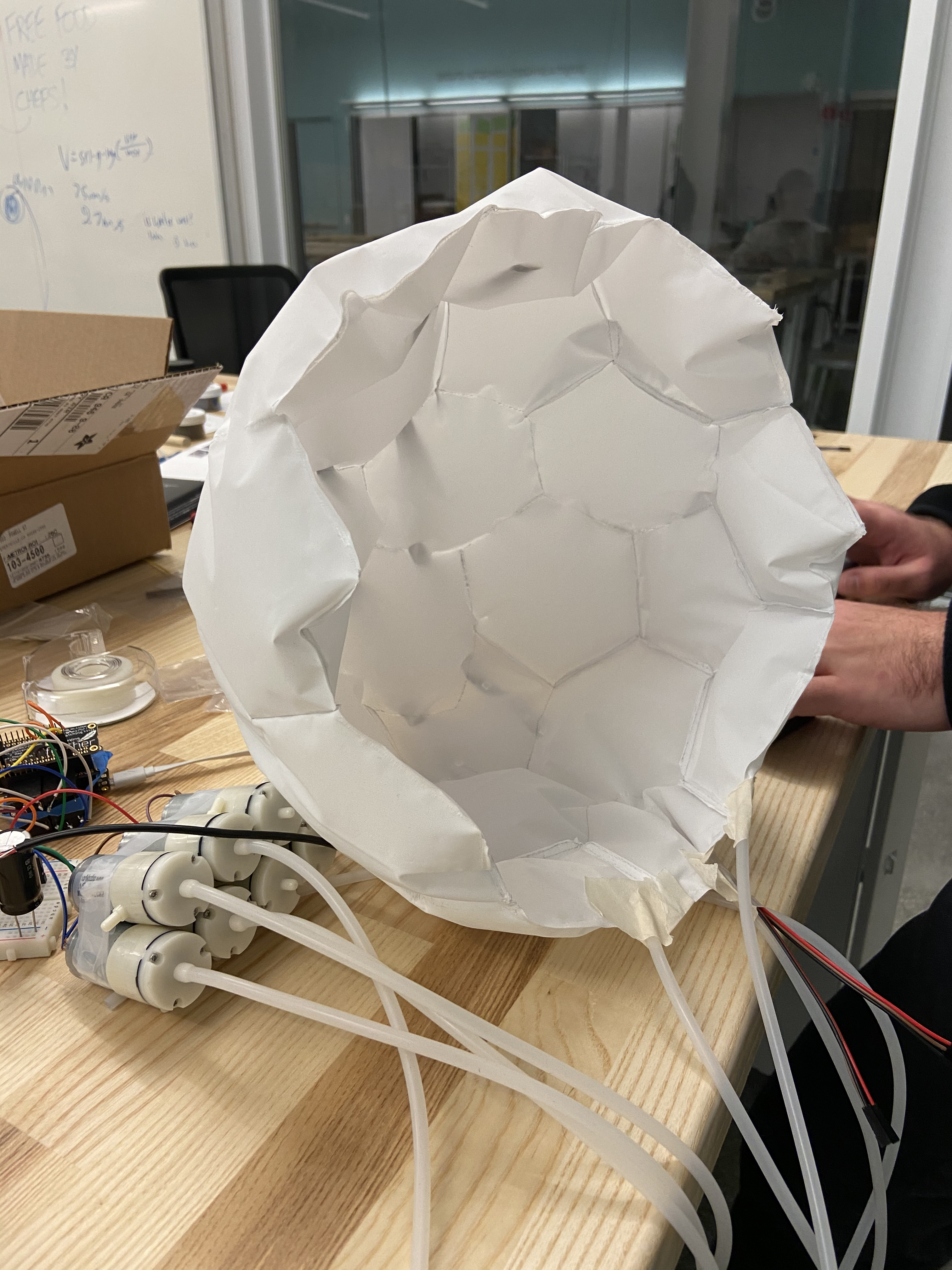
SPECULATION
With SOMNUS, we aim to shed light on many heavy issues about our society and its possible future, contemplating and stretching the imagination of the relationships between humans and technologies:
- Addiction of technology
- Mental health
- Invasion of humans’ last private and intimate space